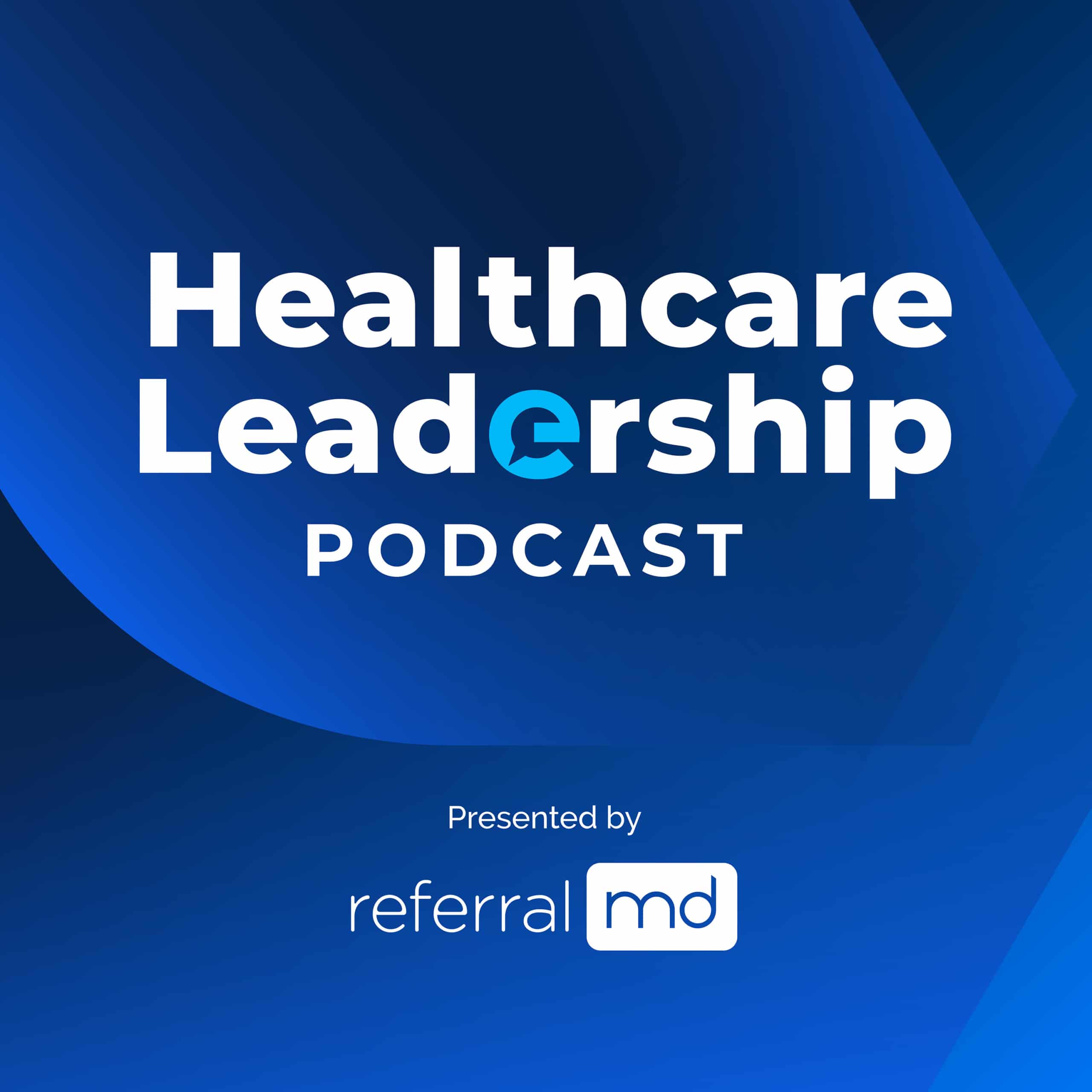Medicaid has never been big as today, with 75 million Americans are covered by the program. The Trump administration initiated regulations to change the Medicaid Program fundamentally. The majority of Americans support the program’s expansion. Some foresee that it has drawbacks, but its affordability outweighs inconveniences, and other pundits believe that it is a way of getting people out of the medical rolls.
If Medicaid were approved through expansion, these are the important Medicaid changes and issues to watch in 2019.

Photo by Online Marketing on Unsplash
More States to Join the Medicaid Expansion Program
As of 2018, 32 states with expanded Medicaid more are likely to join the Medicaid eligibility extended to individuals earning up to 138 percent of the federal poverty level.
The national government is funding most of the expense of the growing Medicaid, and the joining states shoulder a small portion. Until 2016, the expenses for enrollees qualified under the expanded rule were 100 percent secured by the federal government. By 2020, the coverage will gradually decrease to 90 percent but will not go below this figure.
What to Expect
In 2017 the Medicaid expansion covered about 10 million people. In the states with expanded Medicaid, enrollment increased by 13.6 million people, or 35.9 percent, from 2013 up to July 2018.
There’s a coverage gap for states that have not expanded Medicaid, leaving about 2.2 million people ineligible for any medical coverage. However, this is not a flaw in the Affordable Care Act (ACA) but the decision of the legislature and/or governor of the state to forego the provision. They can accept federal funding at any time closing the coverage gap.
The number of people in the Medicaid coverage gap will dwindle to 84,000 when Utah, Idaho, and Nebraska join the list in 2019/2020. Maine and Virginia are not included in the coverage gap count. Virginia expanded last January 2019, while Maine voters favored expansion but were blocked by the governor for insufficient funds.
The Public’s Perception
Most Americans believe that Medicaid is an insurance program to help the neediest. This social safety net concept is what people support. For a non-healthcare professional, this sounds good, but for people who understand, they know that the surface appeal masks consequences.
Proponents will use the message – “Help Poor People,” while critics have to dig into the nuances based on facts related to expansion to support their allegations.
According to partisan states, the Medicaid plan Is working favorably. Overall, Medicaid is popular among the states that adopted the plan and those that did not expand the Medicaid program.
The majority of Americans prefer the present Medicaid structure. A few support the change to limit what the government spends and allow states to determine the group of people and services covered under the program.
Pundits believe that the Trump administration is cutting Medicaid spending, and getting people off the Medicaid rolls is the main point. Despite all the differences, the public view Medicaid as important to them and their family.
Medicaid Coverage
Some states have expanded Medicare coverage to cover households with income below 138 percent, an average of an annual income for an individual or $12,140, and others haven’t.
If you are eligible, but your state has no Medicaid expansion, you can still apply for Medicaid coverage and seek financial help by filling out an application form through the Health Insurance Marketplace. Or you can apply straight to your state Medicaid agency. If you are not qualified for Medicaid or Marketplace savings, you can get care from a community health center.
Photo by Pin Adventure Map on Unsplash
More States Applying for Work Requirement Waivers
States have applied or received permission to enforce work requirements. These waivers allow participating states to have the authority to make changes in their Medicaid programs that deviate from the normal Medicaid regulations.
Proponents say that the Medicaid policies focus only on people who are not working or not engaged in any work-related activities, looking for work, family caregivers, students, or those who cannot work because of an illness or disability.
However, the CMS guidelines allow states to expand the program to all non-elderly adult Medicaid individuals, excluding pregnant women and some people with impairment.
State’s work requirement request varies but serves the same purpose of cutting Medicaid. There will be no Medicaid coverage for people not working or engaged in any work-related activities,
Medicaid work requirements
Adults have a certain number of hours to work, undertake community service, or look for a job to be eligible for Medicaid health insurance.
Enrollees must document their number of hours worked, volunteered, or present their qualifications for the exemption. People who fail to meet the work requirement will be dropped from the list and barred from Medicaid coverage until they comply.
Beneficiaries are required to pay premiums recipients who do not meet deadlines are locked out.
Work Requirements is a Bane to Adult Beneficiaries
The program includes working or unable to work due to mental illness, opioid or other substance abuse disorders, and serious lifelong physical ailments who cannot hurdle the many bureaucratic obstacles to document that they completed the work requirements are exempted from them. Without any work, the requirement to show these people will not be entitled to the Medicaid program. Aside from reduced access to care, many people will find it difficult to find or keep a job.
Taking away health care coverage or a threat with a loss of health care coverage to beneficiaries will not help them find a job or gain financial independence. Nor voluminous paperwork to keep Medicaid will help them. Instead, people will find a hard time coping with the bureaucratic red tape to maintain Medicaid and cause people to drop coverage.
Documentation and paperwork stymie Medicaid enrollment with the additional paperwork required by states to Medicaid will fail. Complying with the requirement is a burden to enrollees who are working and have to document worked hours; people with impairment; family caregivers; people who are exempted but have to show proof; those who meet the work requirement but needs to record the hours worked for volunteering, any work-related activities, and looking for a job.
People with a physical disorder or mental illness will face serious challenges in complying with this burdensome paperwork. Most likely, they cannot conform and lose coverage even when they are exempt. Other enrollees will lose their coverage because they are between jobs and busy seeking employment or their disability does not meet the criteria laid out by the state’s policies.
Some Medicaid enrollees will lose or see disruptions because of fluctuating hours from month to month, sometimes falling below the norm.
Work Requirements will not Promote Employment.
The Trump administration argues that work requirements will “put beneficiaries in control with the right incentives to live healthier, independent lives.”
Like other government programs, Medicaid expansion shows a modest and temporary effect on employment, failing to reduce poverty. And CMS cannot offer any evidence that Medicaid work requirements will promote employment.
Those affected by the requirements are working or face obstacles to working. Enrollees who want to work are highly motivated but lacks work support. The help that these people need is job search help, job training, child care, transportation assistance, and shelter. They may also need help with an undiagnosed substance use condition, domestic violence, and care for an ill family member.
Medicaid programs by the state are not prepared to provide work support services. In most states, they are oversubscribed. CMS guidelines do not require states to provide work supports conjointly with the work requirement plan. Actually, they prohibit the use of federal Medicaid funding for this.
Healthcare coverage by itself is important to work support. Access to health insurance has a positive effect on people to maintain and look for work. Taking it away will cause health issues resulting in job loss. Without it, people will have no access to medical treatment and will find it harder to get back on their feet.
Adverse Effects of Work Requirements
Because of the work requirements and other provisions by the state, there will be significant coverage losses.
A decrease in the number of beneficiaries will mean reduced Medicaid spending in preventive care, mental health, and substance disorder treatment, and chronic conditions. Those losing coverage because of work requirements will suffer financial insecurity and maladies from non-treatment of health issues.
A temporary loss of access to treatments could be harmful or disastrous for people suffering from chronic and substance use disorders, diabetes, and heart disease.
Combat the Opioid Crisis
By 2014, deaths through overdose were common in states that chose the expanded Medicaid program. The expansion was associated with states with high opioid overdose rates.
The results of a study suggest that Medicaid expansion increase access to effective therapies and medication for opioid addiction. This counters the notion that expanded Medicaid contributed to the opioid epidemic by using opioid pain relievers.
Some U.S. states with expanded Medicaid coverage reported gains in the number of patients treated with substance use disorders. With the enactment of the law, buprenorphine and naltrexone, two drugs that can blunt opioid cravings, became accessible.
The neediest people with opioid addiction are getting the proper diagnosis and treatment with an effective remedy from the expanded Medicaid. A program is a vital tool that states with opioid overdose rates have to embrace.
Evidence from West Virginia
West Virginia is at the heart of the national opioid crisis in 2017 with a deadly overdose rate of 49.6 per 100,000 population, over thrice the national average. The population was burdened with heightened substance abuse disorder. Most overdose victims took heroin and illicit fentanyl. The West Virginia menace choked the capability of health workers, the police force, and the social service system and extracted considerable damage to many neighborhoods.
With high uninsurance and poverty rates, the Medicaid expansion was the right tool to address the opioid crisis in West Virginia. For the first time, Medicaid eligibility was provided to many adults with income below the poverty level of 138 percent.
The Medicaid expansion, which started in 2014, got more people into opioid treatment. Between January 2014 and December 2016, the number of people with opioid use disorder (OUD) more than doubled, and the number of people on buprenorphine treatment improved sixfold.
In addition, under the Medicaid expansion, health workers were trained on addiction treatment so that more people across the state can have an addiction treatment service near their place. The state established new guidelines for painkiller prescriptions to prevent abuse of prescription and overuse.
The state also went beyond addiction and addressed the needs of opioid dependents, such as housing, employment, and other health care needs.
Immigrants are Affected by Proposed Public Charge Rule
Public Charge is a term in immigration law referring to a person who is mainly reliant on the government for support.
The Trump administration recommended a new guideline that would change how immigration officials inside the United States choose to become a “public charge.” A departure from the government’s current policy where officials in the U.S embassies and consulates overseas decide to grant permission to a person’s entry to the U.S.
The proposed public charge rule includes immigrants who use government programs listed in the new rule.

Photo by Jonathan Simcoe on Unsplash
Who is likely to become a public charge?
The government uses a public charge test based on different factors such as the person’s age, health, family and financial status, education, skills, and the affidavit of support if they have one. An immigration officer looks at the person’s situation to decide if they will depend on government programs in the future.
The test applies when a person requests to enter the U.S. or requests to change immigration status to a lawful permanent resident to get a green card. Fill up an information form for a green card request. The information form and the interview by the government will determine if you will be a public charge.
Not all immigrants are required to take a public charge test. Exemptions are humanitarian immigrants. These are refugees who are applying or have been granted asylum; women, men, or children applying for a green card under the Violence against women act (VAWA); persons applying or who have U or T visas; children seeking Special immigrant juvenile status; and people in other protected categories.
Public charge does not apply to people with green cards when they request U.S. citizenship.
Who is currently considered a public charge?
Immigration officers may consider you a public charge if you are using the following programs:
- Cash assistance programs
- State and local cash assistance programs
- Temporary Assistance for Needy Families (TANF), names vary in different states.
- Supplemental Security Income (SSI) helps people with limited income and disabilities, are blind, or are age 65 or older.
- General Assistance or other local cash assistance programs
- Long-term institutional care paid by the government; for example, Medicaid
- Trump administration’s proposed changes in policy
More programs will be added when determining if someone is a public charge, such as programs in health care, food, and housing.
Determine income levels that would be evaluated against or in favor of applicants in the public charge test. For instance, a person who cares for a family of four should earn $63,000 per year to be considered a heavily positive factor in the public charge test. Anything below will be considered a negative factor. Apply the same test for persons requesting an extension of a nonimmigrant visa or change to another nonimmigrant status
Immigration officials will consider other standards when evaluating an individual case. For instance, limited English-speaking skills, physical or mental health conditions that could affect the ability to work and attend school will be considered negatively in the test. Some people applying for a green card can enter the U.S. if they post a public charge bond for a minimum of $10,000. A person can be deemed a public charge for their income, poor health condition, and other factors. They would forfeit their bond if they used certain government programs.
Impact of New Public Charge Rule
The new public charge rule will disrupt many immigrants’ health care, reducing the support for health care providers. Health care providers serving large immigrant populations will be hard-hit, their financial health will be affected, and will reduce their capability to serve the community.
For instance, health providers in the city of Nevada offer Nevada Health Insurance Plans to the state’s immigrants comprising 20 percent of the residents. Only lawful immigrants are entitled to Medicaid. Because of the new rule, many are likely to drop their coverage to avoid compromising their immigration standing. Other immigrants who are not subject to a public charge review might drop their coverage for fear or confusion that rules might affect their status and family members.
By opting out of the coverage, people skip Medicaid-funded primary and preventive care, leading to unmanaged health and expensive care in the long run. Health care providers would lose Medicaid revenue when immigrants and family members forgo Medicaid coverage. Shrinking support from Medicaid and increasing uncompensated care might force the hospital to reposition its resources.











